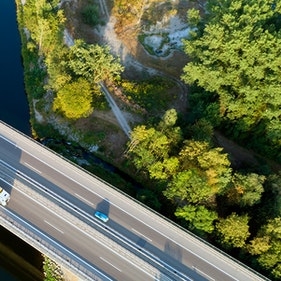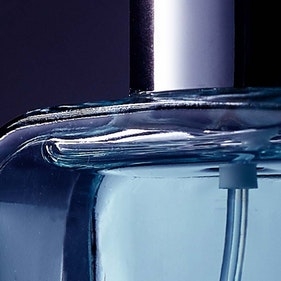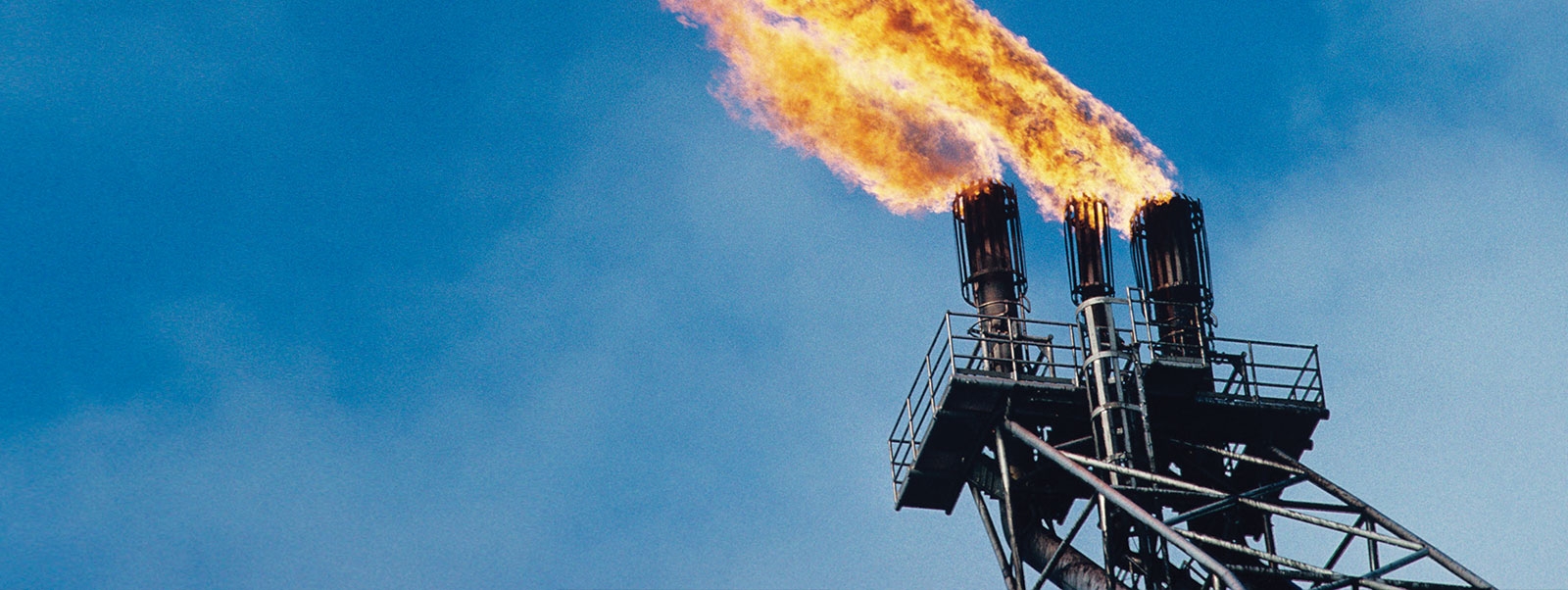Producers using new technologies to drill oil and gas wells in shale fields face special environmental and safety risks that, left unmitigated, result in more safety incidents than conventional operations.
That presents the industry with two problems, each of which is capable of burying the shale business under lawsuits and regulations. First, there are real safety and environmental risks that oil and gas companies must address by adapting their existing operational risk management systems. Second, there is a perception of risk among local people and environmental activists that isn’t always justified. Thus far, however, energy producers lack an approach that satisfies this concern.
Oil and gas companies urgently need to get ahead of these challenges. The industry’s fortunes are at stake. The United States is on track to reclaim its rank as the largest oil producer in the world as early as 2015, thanks to shale technology. Such a development could transform the US economy, its fuel security and global politics. But knee-jerk policies based on fear, rather than actual risk, could derail this energy revolution.
Oil and gas industry officials point out that, so far, shale drilling has not caused any catastrophic environmental incident. Further, industry insiders say no conclusive studies prove that shale exploration and production can cause more environmental harm than conventional operations.
Nevertheless, it is true that the maturing shale industry is experiencing more safety and environmental incidents than traditional operations. Oil and gas companies must grapple with – and master – complex geology, large‑scale operations and complicated new technology, given the growing reliance over the past two decades on shale drilling.
BLOWOUTS
As a result, the number of blowouts from 2009 to 2013 for unconventional oil and shale gas wells was higher than for conventional wells in Texas, the largest oil and gas producing state in the country. The rate of blowout incidents in 2013 for shale gas wells was approximately twice as high as conventional wells, and for oil, the rate was three times higher. (See Exhibit 1.)
This indicates that oil and gas companies need to adopt safety systems that address the special risks inherent in the new technology used to drill wells in shale fields, just as they have safety management systems for their conventional operations. Companies could significantly improve their safety, regulatory and financial risk profiles by adopting a more customized mitigation approach that evaluates shale drilling risks in comparison to the risks of traditional operations.
Just as important, the oil and gas industry must allay local concerns to maintain the social license to explore and produce from shale resources. Oil and gas companies are increasingly at odds with many communities where people have little experience with drilling and are concerned about health and safety risks.
Blowouts and environmental incidents increase the risk that regulators will impose onerous rules or shut down production. This has already happened in the most likely and unlikely of places, from the state of New York to the city of Dallas. Groups pushing for stiffer regulation worry about environmental and health issues ranging from deforestation and air pollution, to water contamination and earthquakes.
To understand the popular misconceptions at the heart of the debate, we examine three of the chief concerns about shale drilling below and suggest steps to address them.
CONCERN 1
SHALE EXPLORATION AND PRODUCTION IS LARGELY UNREGULATED
There is a widespread, false perception that oil and gas companies operate in shale fields without regulatory oversight. It is true that some regulators were initially caught off guard and could not keep up with advances in drilling technologies and practices.
But, as the industry has matured, a number of state and federal regulatory agencies have stepped in to develop regulations and areas of jurisdiction. Regulators need to continue to ensure environmental safety, with rules that allow operational flexibility and economic profitability of shale exploration and production.
CONCERN 2
CHEMICALS USED IN HYDRAULIC FRACTURING CAUSE LONG-TERM ENVIRONMENTAL DAMAGE
This is perhaps the most controversial issue in the whole debate. There are two fundamental concerns: chemicals in hydraulic fracturing (fracking) fluid could cause long-term environmental damage to underground formations, and these chemicals could contaminate underground water aquifers.
The industry is too young to have a full sense of the long-term environmental impact of fracking chemicals. Still, the initial reluctance of some companies to disclose the chemicals used played on the public’s worst fears. The industry has since made progress on public disclosures, but state regulatory requirements are inconsistent and the debate continues over just how much disclosure is enough.
Both sides raise valid points about the contamination of underground aquifers. Critics of fracking point to contaminated water samples taken near oil and gas wells. Industry officials argue this contamination was pre-existing, and not the result of hydraulic fracturing chemicals.
Stakeholders must agree on a better approach. One step that could reassure the public and protect producers is baseline testing of water sources prior to drilling. Compare those results to post-drilling samples, and disclose the results in a transparent manner.
CONCERN 3
WATER USED FOR HYDRAULIC FRACTURING IS DEPLETING RESERVOIRS
A third criticism of hydraulic fracturing is that using 4 million to 6 million gallons of water per well is a significant depletion of already stretched water resources. Some say it is particularly irresponsible to use so much water for drilling during a drought in several states, including Texas.
The amount of water actually used for hydraulic fracturing is a small percentage of total water use. It is less than 1 percent of the total volume in Pennsylvania and Texas, for example. If droughts continue, however, the water-use debate will continue as well. One way to ease concerns is to improve water recycling in oil and gas fields.
CREDIBILITY IS CRITICAL
Neither an individual company nor the industry can afford public misunderstanding of shale drilling. Establishing a solid and transparent safety record, together with evolving safety practices as risks are better understood, will bolster public confidence. Environmental groups and non-governmental organizations that serve the critical role of representing the public interest should also carefully distinguish between real and perceived risks to maintain credibility and a feasible agenda.
The stakes are high for all involved. But by keeping shale production clean and safe, producers can support a sustained economic boom for themselves and others.
by: IRFAN BIDIWALA & BOB ORR
-
 Read More
Read MoreInsights Accelerating Adaptation At Pandemic Pace Interview with Gaston Bottazzini, Chief Executive Officer at Falabella S.A. -
 Read More
Read MorePodcast Hydrogen For The Long Haul What possible solutions are there to reduce emissions or de-carbonize road transport? -
 Read More
Read MoreJournals Changing Consumers, New Opportunities We interviewed global senior retail executives for the Retail And Consumer Journal, Volume 8, on the pandemic challenges they faced and the new opportunities it provided. -
 Read More
Read MoreInsights How Caring Brands Can Rise Above COVID-19 Interview with Malina Ngai, Group COO and Asia & Europe CEO of A.S. Watson



